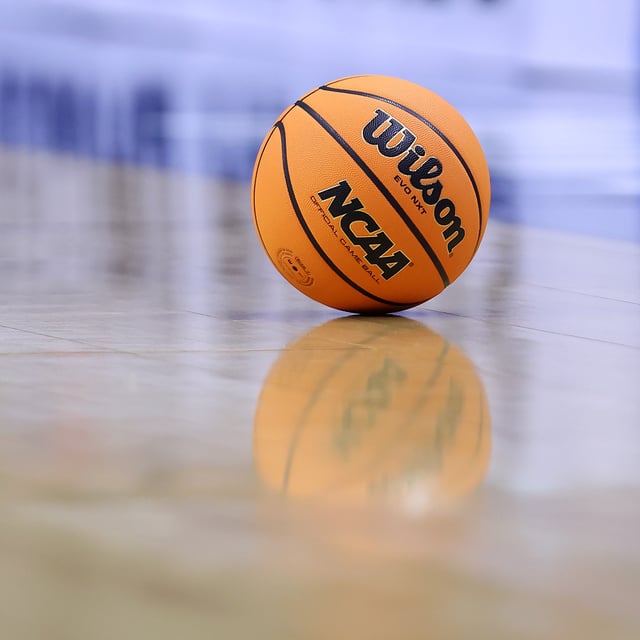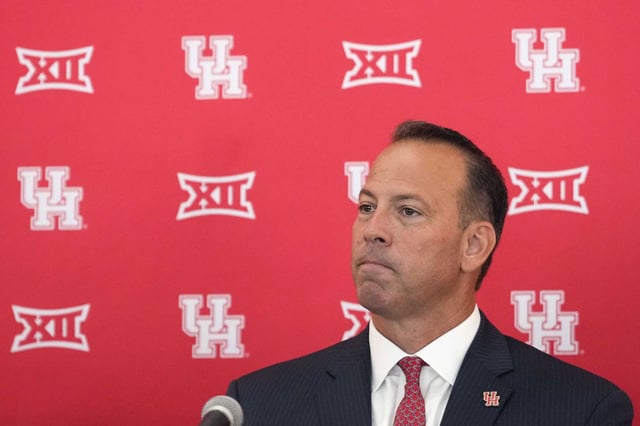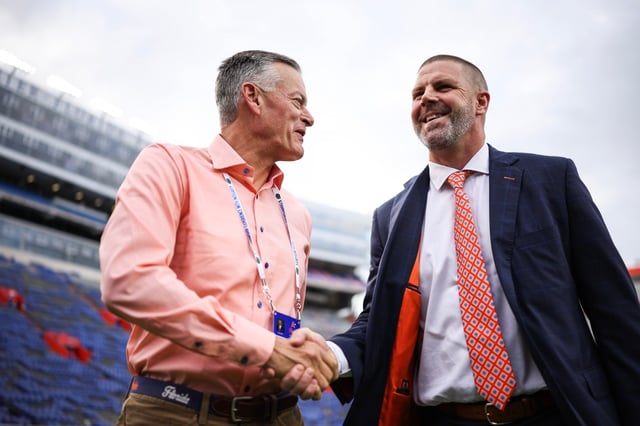Overview
- On July 1, NCAA Division I schools gained the authority to begin direct payments to student-athletes under a first-year cap of $20.5 million approved by Judge Claudia Wilken.
- Many universities are finalizing allocation models that direct roughly 75 percent of funds to football, 15 percent to men’s basketball and 10 percent to other sports, though percentages may vary by institution.
- The newly formed College Sports Commission, led by CEO Bryan Seeley, has been tasked with overseeing revenue-sharing implementation and vetting NIL endorsement deals for valid business purposes.
- Title IX compliance and budgetary concerns led the Ivy League, military academies and select schools such as Nebraska-Omaha and Montana to opt out of revenue sharing in the first year.
- Athletic departments are exploring revenue enhancements and expense reductions, including scholarship expansions in women’s programs, to meet their revenue-sharing obligations within the settlement’s financial framework.



